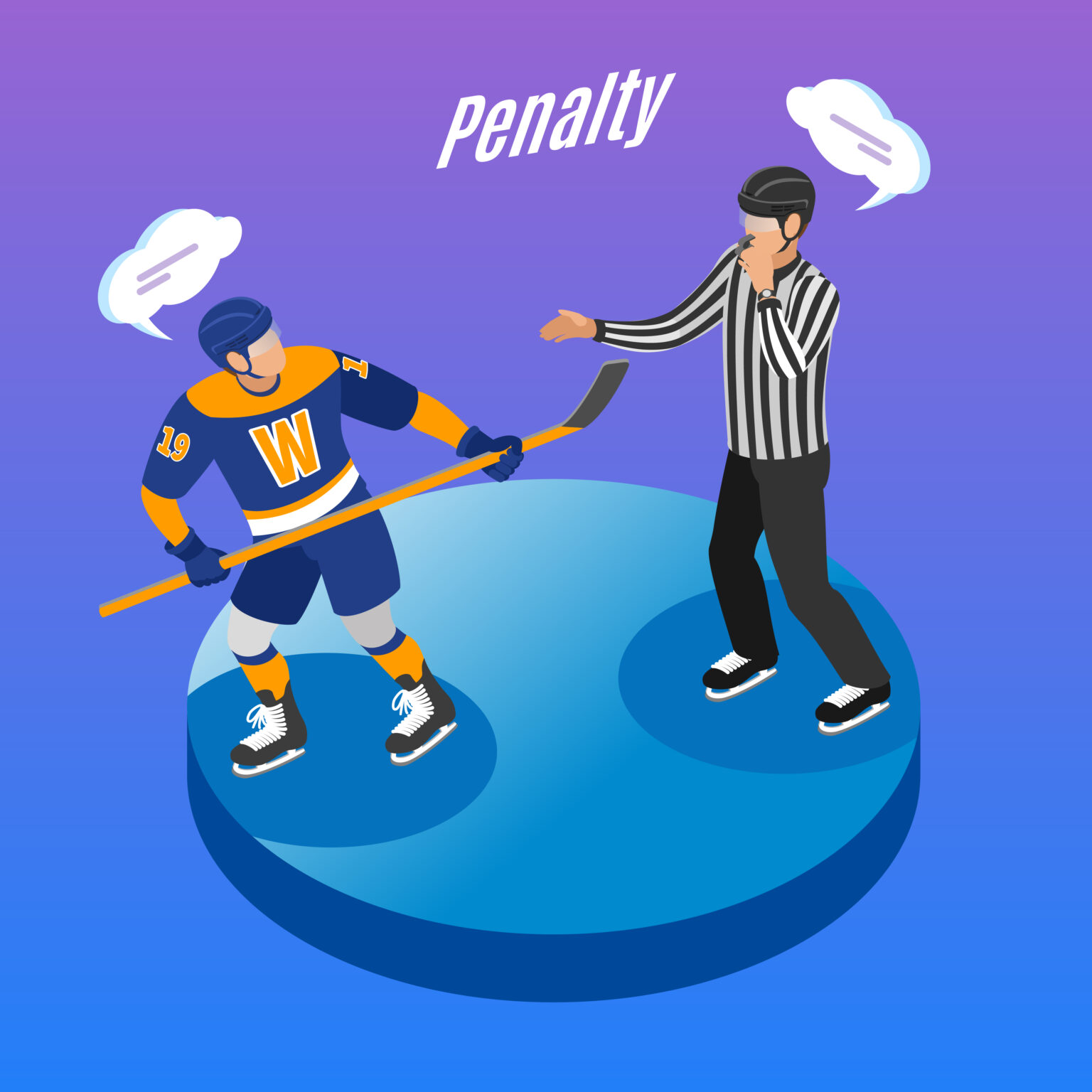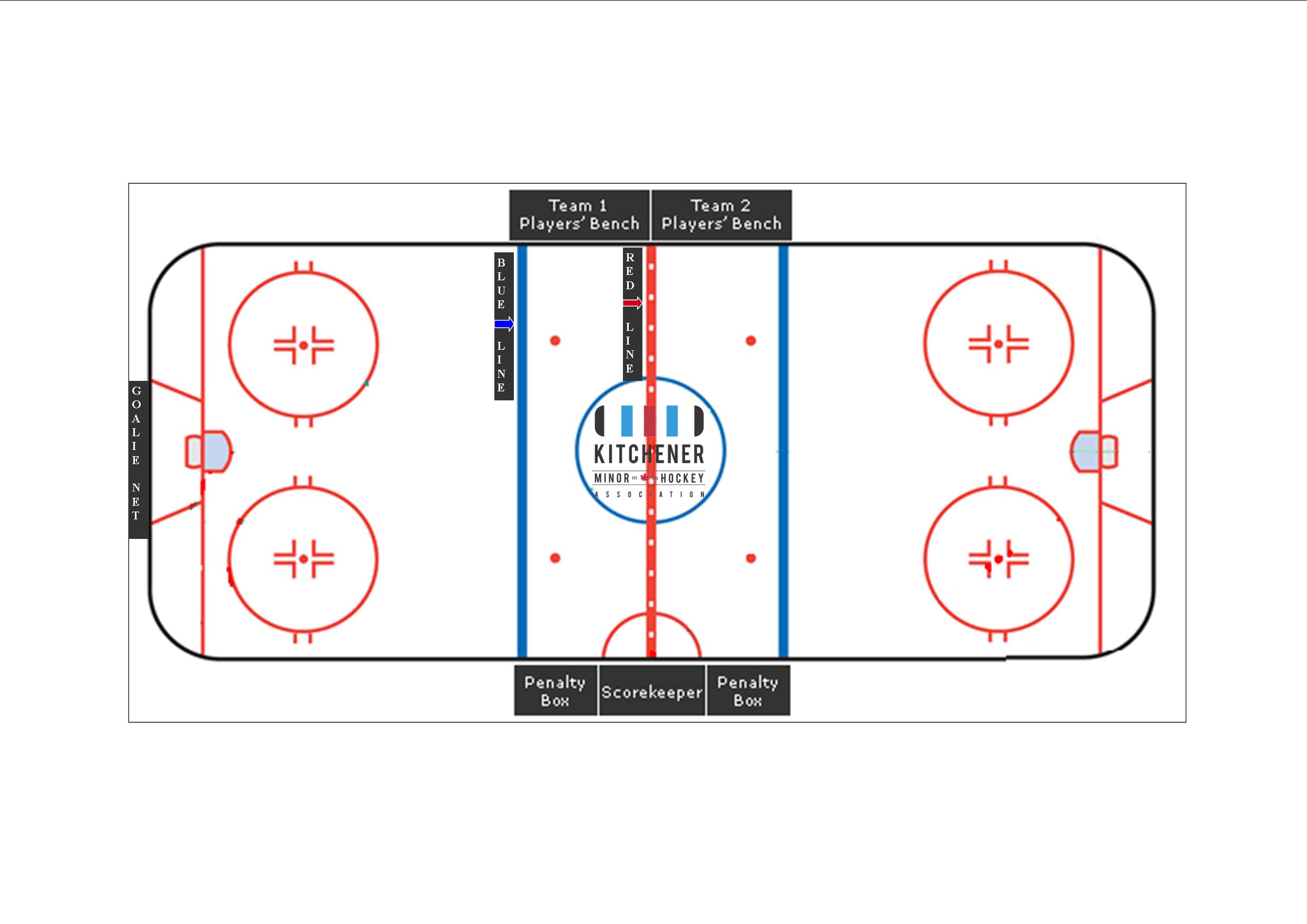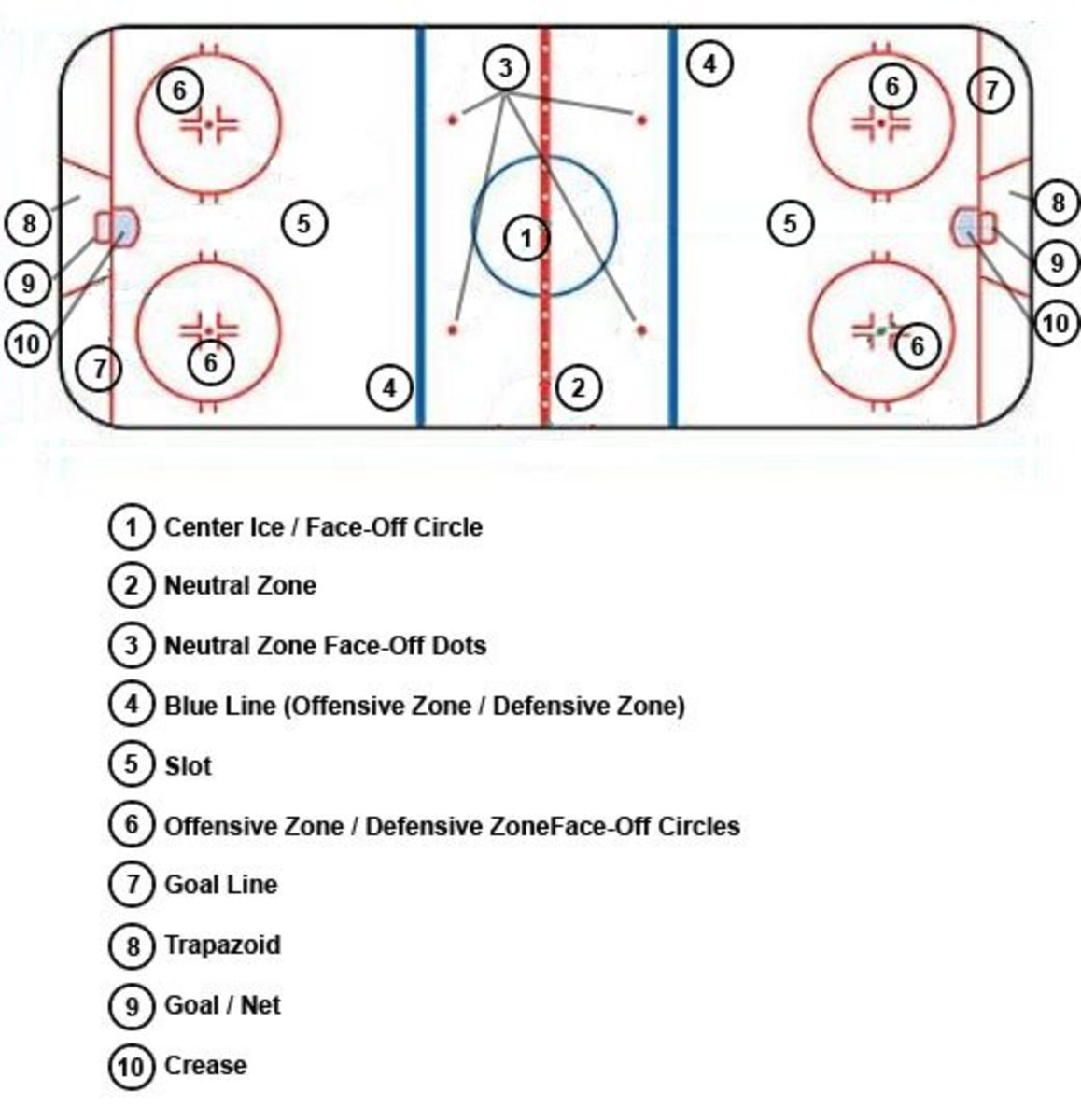Comprehensive Guide To Overtime In Ice Hockey: Rules, Strategies, And Impacts
What is "Comprehensive Guide To Overtime In Ice Hockey: Rules, Strategies, And Impacts"? Comprehensive Guide To Overtime In Ice Hockey: Rules, Strategies, And Impacts shows an explanation about general rules for overtime in ice hockey game, how overtime is different, strategies of overtime, and impacts of overtime.
Editor's Notes: "Comprehensive Guide To Overtime In Ice Hockey: Rules, Strategies, And Impacts" have published today due to ice hockey game competition is now usually has overtime and it is needed to let people understand the rules and strategies.
Our team has been analyzing and digging information about "Comprehensive Guide To Overtime In Ice Hockey: Rules, Strategies, And Impacts" for the last few months so that we put together this Comprehensive Guide To Overtime In Ice Hockey: Rules, Strategies, And Impacts guide to help you make the right decision.
FAQ
This section addresses frequently asked questions concerning overtime regulations, strategies, and ramifications in ice hockey.
Question 1: What are the primary justifications for overtime in ice hockey?
Overtime exists to prevent draws and determine a winner. It ensures a definite outcome and enhances the excitement of the game.
Question 2: How long does overtime typically last?
Regular season overtime lasts five minutes, while playoff overtime continues indefinitely until a goal is scored.
Question 3: What are the distinct strategies employed by different teams during overtime?
Some teams favor maintaining possession and creating offensive opportunities, while others focus on defense and preventing the opposing team from scoring.
Question 4: What impact does overtime have on players and teams?
Overtime extends the duration of the game, increasing player fatigue and the risk of injuries. It also tests teams' endurance and mental fortitude.
Question 5: What are the implications of winning or losing in overtime?
Victory in overtime secures additional points in the standings, while defeat can have significant consequences for playoff qualification or tournament progression.
Question 6: How can fans maximize their enjoyment of overtime?
Fans should pay attention to the strategies employed by the teams and appreciate the heightened intensity and excitement of overtime hockey.
Overtime adds an extra layer of drama and uncertainty to ice hockey, contributing to its enduring popularity and appeal.

Ice Hockey Rules: A Beginner's Guide to the Sport's Regulations - Source icehockeyguide.com
Tips
Overtime can be a crucial and exciting period in an ice hockey game. Here are some tips to help teams and players navigate this extra time effectively:
Tip 1: Plan and execute a specific overtime strategy
Teams should have a designated overtime strategy and practice it regularly. This will ensure players know their roles and responsibilities. The strategy should include specific plays, defensive formations, and player rotations.
Tip 2: Control the puck
Possession of the puck is paramount in overtime. Teams should focus on maintaining possession and creating scoring chances. This can be achieved through strong puck control, smart passing, and effective forechecking.
Tip 3: Manage fatigue effectively
Overtime can be physically and mentally draining. Teams need to manage their energy levels by substituting players frequently and utilizing rest breaks wisely. Players should stay hydrated and stay focused despite the fatigue.
Tip 4: Take calculated risks
While it's important to be cautious in overtime, teams may need to take calculated risks to generate scoring opportunities. This could involve sending an extra player on an offensive rush or setting up a power play. However, risks should be balanced with defensive responsibility.
Tip 5: Stay disciplined
Penalties are a major threat in overtime. Teams must avoid taking unnecessary risks that could result in a power play for the opposition. Disciplined play is essential to maintaining an advantage or preventing a disadvantage.
For further insights and strategies, refer to the Comprehensive Guide To Overtime In Ice Hockey: Rules, Strategies, And Impacts.
Comprehensive Guide To Overtime In Ice Hockey: Rules, Strategies, And Impacts
Overtime in ice hockey serves as a crucial mechanism to differentiate between tightly contested games. Understanding the rules, strategies, and impacts of overtime enhances the overall hockey experience for players, coaches, and spectators alike.
- Rules: Overtime generally consists of a 5-minute period of sudden-death play. The team that scores first wins the game. Penalties carry over from regulation time, and a power play goal instantly ends the game.
- Strategies: Teams typically adopt aggressive strategies in overtime, prioritizing puck possession and creating scoring chances. Defensive responsibility remains paramount, with players aiming to prevent odd-man rushes and counterattacks.
- Strategies: Teams employ a variety of strategies in overtime, such as the "five-on-three" formation, which involves one team pulling its goalie for an extra attacker.
- Impacts: Overtime can have a significant impact on the outcome of a game. It can lead to unexpected wins, heartbreaking losses, and dramatic moments that add to the excitement of ice hockey.
- Impacts: Overtime can affect player fatigue and injury risk, as extended periods of intense play can take a toll on athletes' physical and mental well-being.
- Impacts: The threat of sudden-death overtime can influence team tactics during regulation time, as coaches and players may play more conservatively to avoid conceding late goals.
The key aspects of overtime in ice hockey—rules, strategies, and impacts—are intertwined and multifaceted. They shape the dynamics of the game, influencing everything from team preparation and player performance to the overall fan experience. Understanding these aspects provides a deeper appreciation for the complexities of ice hockey and the thrill of overtime play.

Rules Of Hockey (Kitchener Minor Hockey) - Source kitchenerminorhockey.com
Comprehensive Guide To Overtime In Ice Hockey: Rules, Strategies, And Impacts
Understanding Overtime in Ice Hockey is crucial for comprehensive knowledge of the sport. Overtime serves as an important tiebreaker mechanism, determining the outcome of close games and adding an extra layer of excitement for fans. This exploration delves into the rules, strategies, and impacts of overtime in ice hockey, providing insights into its significance as a component of the game.

Basic Rules of NHL Hockey: A Visual Guide - HowTheyPlay - Source howtheyplay.com
Overtime in ice hockey follows specific rules designed to maintain fairness and ensure a timely resolution. It typically lasts five minutes, with teams playing four-on-four, providing more space for individual skill and quick puck movement. The objective is to score a goal before the clock expires, and the team that does so wins the game. If neither team scores during regulation overtime, the game proceeds to a shootout, where individual players from each team take turns attempting to score on the opposing goaltender.
Strategies in overtime vary depending on the game situation and team strengths. Some teams opt for a more aggressive approach, pressuring the opponent's net and generating scoring chances. Others prefer a more conservative approach, focusing on defense and waiting for opportunities to counterattack. The availability of skilled players, such as speedy wingers and puck-handling defensemen, can significantly impact a team's overtime strategy.
Overtime can have a profound impact on the outcome of a game and the overall standings. It can determine whether a team advances to the playoffs or wins a championship. Overtime victories can provide a psychological boost, while losses can be demoralizing. Additionally, overtime can affect player statistics, with overtime goals and assists often carrying more weight than those scored during regulation.
| Rule | Strategy | Impact |
|---|---|---|
| Five minutes of four-on-four play | Aggressive or conservative approach | Determines game outcome, affects standings |
| Shootout if no goal scored | Individual player skills emphasized | Psychological impact, affects player statistics |
Conclusion
Overtime in ice hockey adds an exciting and unpredictable element to the game. Its rules, strategies, and impacts make it an integral part of understanding the sport. By analyzing overtime situations, teams can develop effective strategies to increase their chances of success.
The significance of overtime cannot be overstated, as it can dramatically alter the course of a game and even an entire season. Its fast-paced and high-stakes nature provides a unique test of skill, determination, and teamwork. As ice hockey continues to evolve, overtime will undoubtedly remain a crucial aspect of the sport, offering fans unforgettable moments and shaping the outcomes of countless games.
صدى البلد: المصدر الإخباري الموثوق لأحدث الأخبار المصرية والعالمية, Discover The Arctic's Icy Haven: Greenland, A Land Of Wonders, Jeff Bezos: The Visionary Behind Amazon's Empire, Unlock Exclusive Rewards: Genshin Impact 5.4 Livestream Codes, CAF Champions League Draw: Group Stage Matchups Revealed, Bob Menendez: New Jersey Senator And Foreign Relations Committee Chairman, FC Midtjylland Hosts Fenerbahçe In Thrilling UEFA Europa League Fixture, The Inferno: A Journey Through Dante's Hell, Liverpool Face PSV Eindhoven In Crucial Champions League Clash, Real Madrid Extends La Liga Lead: Matchday 22 Recap,